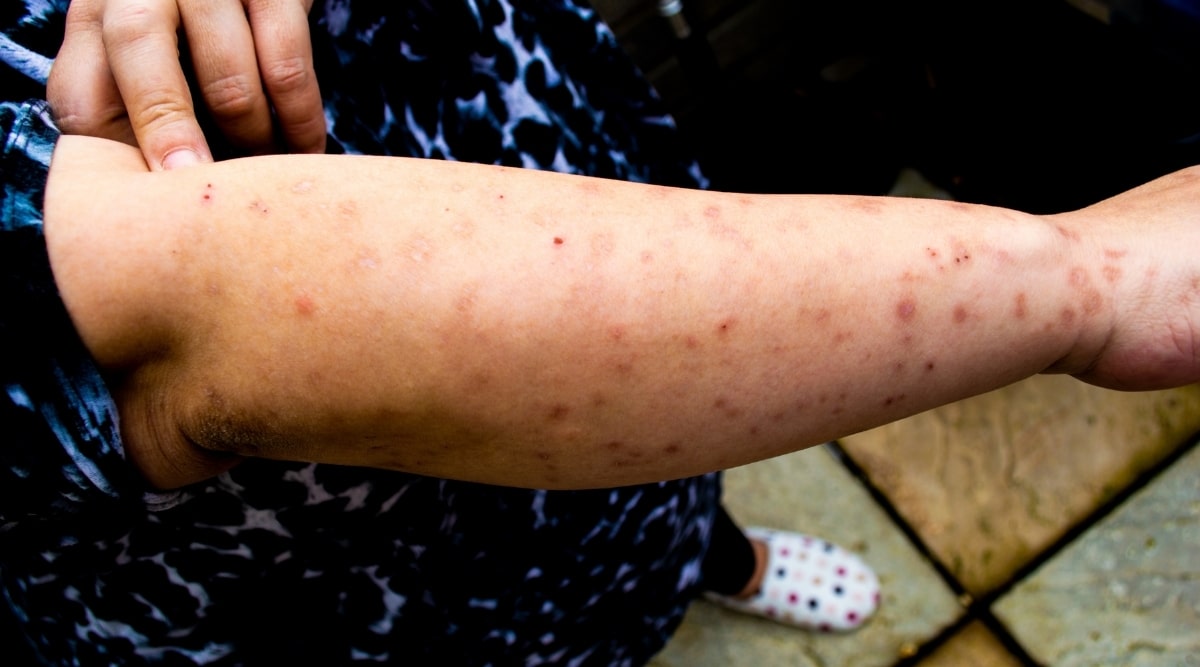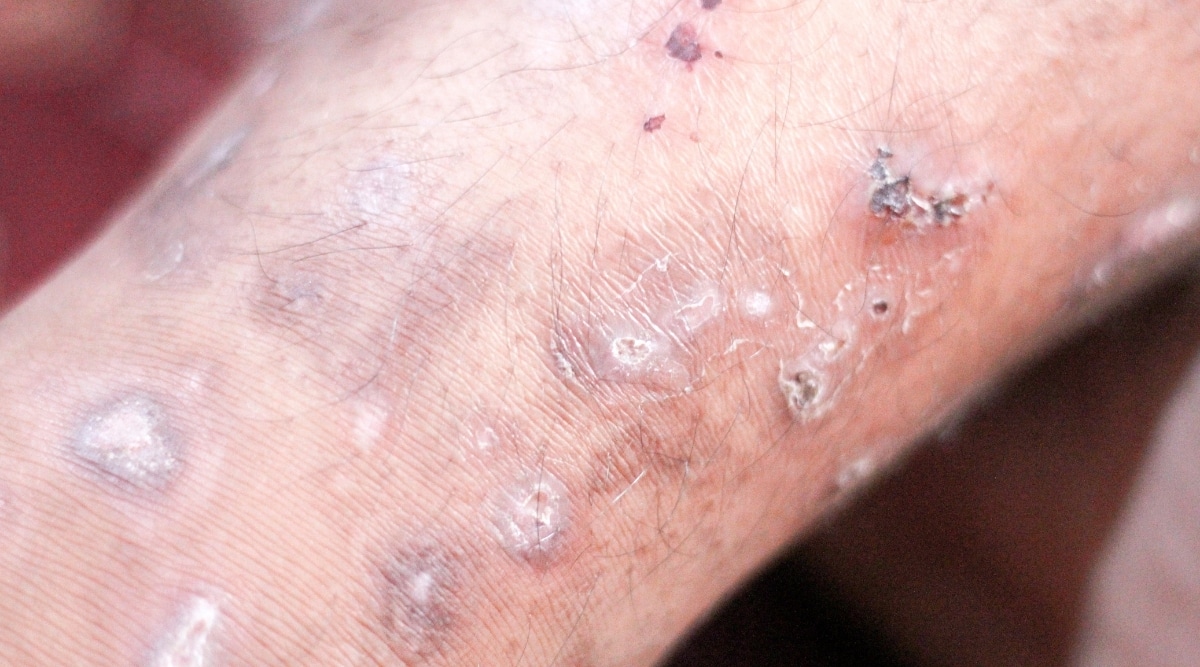Bed Bugs vs. Scabies Bites: What’s The Difference? How Can I Tell Them Apart?
Find a bite on your arm, but aren't sure if it's a Scabies bite, or a Bed Bug bite? It's extremely important to understand what it is you've been bitten by in order to figure out how to get rid of them from your home, and prevent them from coming back. Find out what they look like, and what the difference is between the two!

Human scabies is a very scary condition that involves parasites that sound like they came from a science fiction movie. However, in real life, they do exist. And your best bet is to make yourself prepared.
Unlike when compared to mosquitoes and fleas, Bed Bugs and Scabies bites are a little bit harder to tell apart. You’ll want to make sure you properly identify your bite, so you can find the best path to treatment.
Here’s our short take on bed bugs vs scabies bites, a quick guide that can help you how to deal with that mysterious rash you’re currently worried about.
Differences in Origin

While a bed bug bite’s origin is obvious, scabies comes from something more “unseen” and sinister. Scabies is caused by microscopic parasites that can make your skin crawl. In fact, these parasites are mites that actually live and breed under human skin.
Sarcoptes scabiei are a type of parasitic arthropod that can dig under your skin and lay eggs there. While they live in your body, they cause your skin to decay slowly, making it extremely itchy along the way.
And while bed bugs are mostly spread when you come in contact with a house or place that’s infested by them, scabies can spread through touching as well as exposure. Skin-to-skin contact and using personal items like clothes, towels and beddings that belonged a person with scabies can make the mites spread to another host.
Differences in Appearance

For both types of bites, there are some distinguishing marks that make each of the easier to tell apart. Below, we’ll cover exactly how each of these bite types are different, and how to tell them apart.
Bed Bug Bites
Bed bug bites are characterized by clustered dark red welts. Bite victims mostly get those bumps in groups or lines of three (or more) because of the insect’s unique feeding habit. Typical characteristics of their bites include:
- Smaller groups of bites
- Red welts that itch
- Sequenced rows of bites
- Bites will show up anywhere on the body
While annoying and very itchy, these bites can calm down after a few hours and eventually disappear after a few weeks without any treatment.
Scabies Bites
Meanwhile, according to Everyday Health, scabies normally starts with an itchy rash that looks more like a group pimples. You’ll also notice tiny protruding grey-white lines on your skin. These are usually found in the arms, waists, knees, ankles and in the groin area. Signs include:
- White & scaly skin
- Patch-rash formation
- Itching that gets worse at night
- Blister like bumps on wrists
- Located in skin folds which is easier to access
Scabies bites does not just disappear. What happens is that its effects worsen over time. The skin becomes darker and the red patches go give way to scales, yellow crusts, lesions and blisters. Sores also pop up because of severe scratching.
What’s scary about this condition is that according to WebMD, it’s not easy to identify at its early stages. It takes about 4 to 6 weeks for the skin to react after an infestation. And it looks so much like pimples or regular insect bites.
Differences in Treatments

Typically, you don’t need to see a doctor when you get bitten by bed bugs. In fact, home remedies for the bites will suffice.
For scabies, however, you have to go to your doctor as soon as you see the first symptoms. Everyday Health assures that it’s absolutely treatable though. People with the condition are mostly given antihistamine and permethrin to deal with the itching and the mites.
Overall, when it comes to bed bugs vs scabies bites, the latter is definitely more terrifying. Bed bug bites don’t usually pose a threat, but scabies can ruin lives, not to mention your general health.
So it’s best to be mindful of what happens to your skin. Read a bunch of articles that identify insect bites from other skin conditions, and visit your doctor regularly. In the end, you can save yourself just by being cautious.
Frequently Asked Questions
Q: Can you have both bed bugs or scabies bites at the same time?
A: Yes, it’s possible that you can have both at the same time. But because both bites look different, it should be somewhat easy to tell them apart.
Q: Are scabies and bed bugs the same thing?
A: No, these bugs are not the same. This is why their bites are different, and their treatment differs. Bed bugs will also end up sticking around slightly longer.
Q: Are scabies or bed bugs different than chiggers?
A: Yes, all three bugs are completely different from one another. Chiggers are closer to scabies since they burrow into your skin.
Q: Are flea bites similar to bed bugs or scabies?
A: Flea bites are closer to bed bugs than scabies. They are not under the skin, and are topical, the same way bed bugs are. They are also easier to treat.
Wrap Up
Now that you know what to look for when comparing these two insect bites, it’s important to identify them in order to understand the easiest way to get rid of them. Once you know what it is that you’ve been bitten by, it’s easier to figure out the best way to remove them from your home and prevent bites in the future.
Share this post
Save time and money on pest control
Subscribe to expert DIY pest control tips, pest control product reviews and information.




